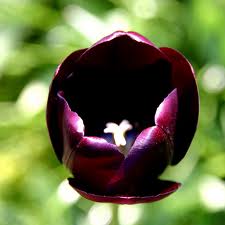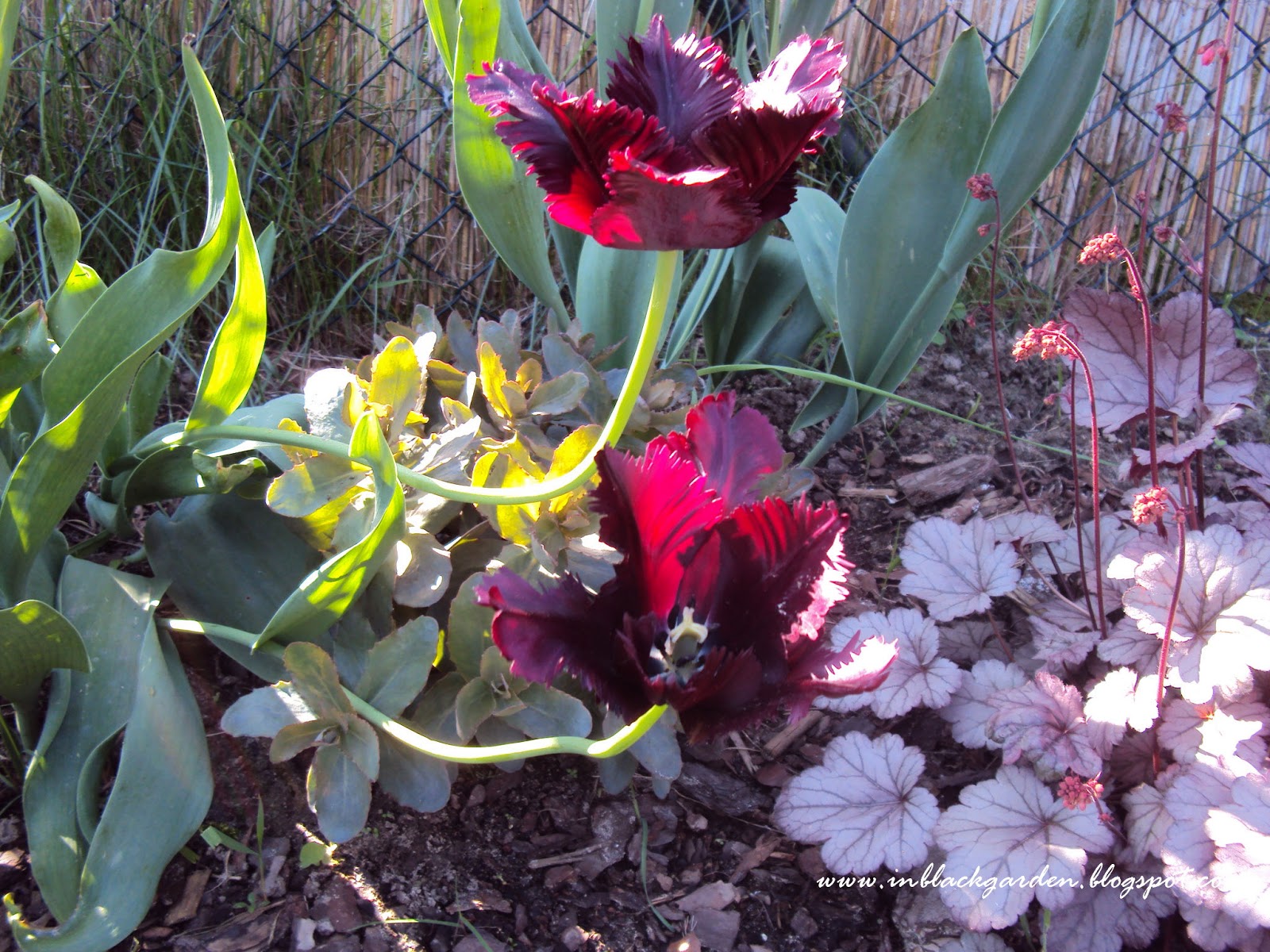Queen of the Night may refer to:
Botany[edit]
Blackjack rules say that when your first two cards are identical, you may split them to create two different hands. Knowing when to split your dealt hand is an important element of taking the edge away from the casino and back in your favor.


- Queen of the night, Night-blooming cereus, several genera and species of cactus, especially:
- Queen of the night, Cestrum nocturnum, a woody evergreen commonly known as night-blooming cestrum
- Reina de la noche ('queen of the night' in Spanish), Brugmansia, also called angel's trumpet
Archaeology[edit]
- Queen of the Night Relief, formerly known as the Burney Relief, a Mesopotamian terracotta plaque in the British Museum, who adopted the new name in 2003
Film and TV[edit]
- The Queen of the Night, a 1994 Mexican film
- La Femme d'une nuit, a 1931 French film
- Queen of the Night (1931 German-language film) (Königin einer Nacht), a 1931 German film
- Queen of the Night (1931 Italian-language film) (La donna di una notte), a 1931 Italian film
- Queen of the Night (1951 film), a West German musical film
- Queen of the Night (2001 film) (Kraljica noći), a Croatian film
- Queen of the Night (2013 film), a South Korean film
- Queen of the Night (2014 film), Canadian film released as The Captive
Literature[edit]
- Queen of the Night, a novel by Alexander Chee
Music[edit]
- Queen of the Night, or Königin der Nacht, a major character in the 1791 Mozart opera The Magic Flute
- 'Queen of the Night aria' ('Der Hölle Rache kocht in meinem Herzen')
- Queen of the Night (Loleatta Holloway album), 1978
- 'Queen of the Night' (song), a 1993 single by Whitney Houston
- 'Queen of the Night', a song by Angra from their EP Freedom Call
- 'Queen of the Night', a song by Lovex from their 2011 album Watch Out!
| Epiphyllum oxypetalum | |
|---|---|
Least Concern (IUCN 3.1) | |
| Scientific classification | |
| Kingdom: | Plantae |
| Clade: | Tracheophytes |
| Clade: | Angiosperms |
| Clade: | Eudicots |
| Order: | Caryophyllales |
| Family: | Cactaceae |
| Subfamily: | Cactoideae |
| Genus: | Epiphyllum |
| Species: | |
| Binomial name | |
| Epiphyllum oxypetalum (DC.) Haworth | |
| Synonyms[1] | |
| |
Epiphyllum oxypetalum (Dutchman's pipe cactus[2] or queen/princess of the night[3]) is a species of cactus and one of the most cultivated species in the genus. E. oxypetalum blooms rarely and only at night, and its flowers wilt before dawn. Though it is sometimes referred to as a night-blooming cereus, it is not closely related to any of the species in the tribe Cereeae, such as Selenicereus, that are more commonly known as nightblooming cereus. All Cereus species bloom at night and are terrestrial plants; all Epiphyllum species are usually epiphytic.
Range[edit]
Epiphyllum oxypetalum is native to Southern Mexico and to extensive areas of South America.[2] It is widely cultivated, escapes from cultivation in tropical areas especially in the southeast Asia,[4] and has become naturalised in China.[2]
Etymology[edit]
Epiphyllum from Greek epi- 'upon' + phullon 'leaf'
Oxypetalum = with acute petals
Vernacular names[edit]
In India, it is called Iruludavare (ಇರುಳುದಾವರೆ) in Kannada, meaning 'night lotus'. Also, in India it is called Brahma Kamalam(ब्रह्म कमल / ब्रह्मकमळ) in Sanskrit, named after the Hindu god of creation, Lord Brahma. It is believed that the wishes of people who pray to God while the flower is blooming will be fulfilled. Also it is called Gulebakavali in Ancient Tamil. It is called Kadupul flower in Sri Lanka (Sri Lanka’s native blossom)
The Chinese chengyu (four character idiom) 曇花一現 (tán huā yī xiàn) use this flower (tan-hua; 曇花) to describe someone who has an impressive but very brief moment of glory, like a 'flash in a pan,' since an Epiphyllum oxypetalum plant might bloom only once a year over a few days. Therefore, someone described as '曇花一現' is generally understood to be a person who shows off or unexpectedly gains some achievement and is thought to be an exception or only lucky. The flower also has a rich history in Japan, where it is known as the 月下美人 (Gekka Bijin) or 'Beauty under the Moon'.[citation needed] In Sri Lanka it is called 'Kadupul' (කඩුපුල්) which means the flower from heaven. In Indonesia it is called 'Wijaya Kusuma' which means 'Flower of Triumph'.
Systematics[edit]
This species is closely related to E. thomasianum and E. pumilum, but quite distinct from them.[citation needed] In 1909, C. A. Purpus collected a slightly different type in St. Ana, Orizaba, Mexico. It has carmine red outer petals and the flowers have an unpleasant smell, rather than being fragrant. It was originally named Phyllocactus purpusii, but is now included within this species.
Cultivation[edit]
Epiphyllum oxypetalum is an easily cultivated, fast growing Epiphyllum. It flowers in late spring through late summer; large specimens can produce several crops of flowers in one season. This is the most commonly grown of the Epiphyllum species.
The New Blackjacks
Common Practices[edit]
In Chinese households, the Epiphyllum oxypetalum is commonly desired to have in their own household. It is believed that after the flower withers and drops, the flower serves a purpose to be consumed. The most common method of consumption is by seeping the flower under hot water to be served as tea. It is also believed to hold medicinal benefits. Benefits like an improvement to the overall heart's health, respiratory system, and the female reproductive cycle.
Blackjack Queen Of The Night Song
Description[edit]
Stems are erect, ascending, scandent, or sprawling and profusely branched. Primary stems are terete, up through 6 m long, flattened laterally, and ligneous at their bases. Secondary stems are flat, elliptic-acuminate, up through 30 cm x 10–12 cm. Stem margins are shallowly through deeply crenate and undulate. Flowers are produced from flattened portions, are up through 30 cm long and 17 cm wide, nocturnal, and very fragrant. The principal odor component in the aroma is benzyl salicylate. Pericarpels are nude, slightly angled, and green. Bracteoles are short and narrow up through ca. 10 mm long. Receptacles are up through 20 cm long, 1 cm thick, brownish, and arching. Outer tepals are linear, acute, 8–10 cm long, and reddish through amber. Inner tepals are whitish, oblanceolate through oblong, acuminate, up through 8–10 cm long and 2,5 cm wide. Stamens are greenish white or white, slender and weak. Styles are greenish white, pale yellow, or white, 4 mm thick, as long as inner tepals, and with many lobes. Fruit are oblong, up through 12 x 8 cm, purplish red, and angled. Leaves appear to be waxy therefore cutin is present. The purpose of cutin is to assist the plant to retain water. While cutting a leaf sample to be observed under a microscope, a gel-like substance oozed out. Which represents the leaf structure consists of most water-filled tissues.
Blackjack Queen Of The Night Youtube
References[edit]
- ^The Plant List: A Working List of All Plant Species, retrieved 6 August 2016
- ^ abcUSDA GRIN Taxonomy, retrieved 6 August 2016
- ^'Queen of the Night: The Flower That Only Blooms ONE Night A Year - Beyond Science TV'. www.beyondsciencetv.com. Retrieved 28 December 2018.
- ^Zhen-yu Li and Nigel P. Taylor, 'Epiphyllum oxypetalum (Candolle) Haworth, Phil. Mag. Ann. Chem. 6: 109. 1829', Flora of ChinaCS1 maint: uses authors parameter (link)

External links[edit]
Media related to Epiphyllum oxypetalum at Wikimedia Commons